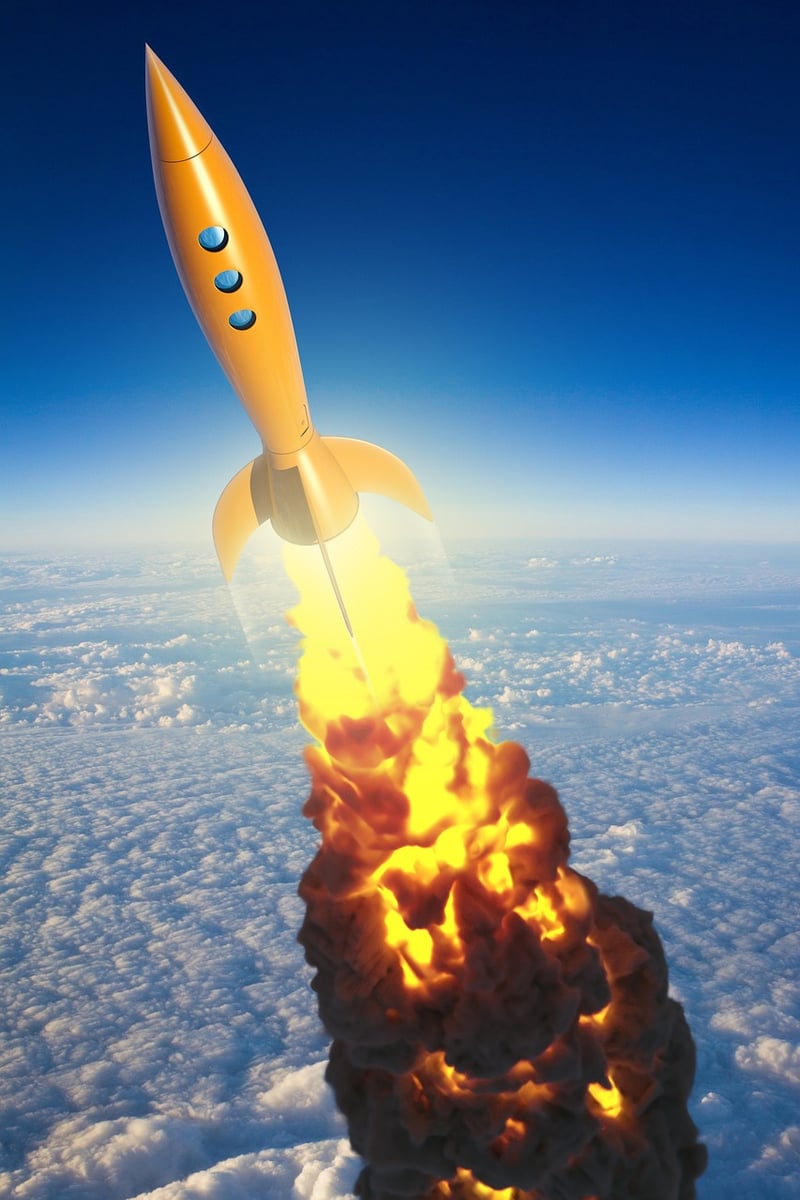Spacecraft Design
The Intersection of Cutting-Edge Technology and Spacecraft Design

Spacecraft design has always been at the forefront of technological innovation. From the early days of space exploration to the current era of private space companies, advancements in technology have continually shaped the way we design, build, and operate spacecraft.
1. Materials and Construction
Modern spacecraft utilize cutting-edge materials that are lightweight yet incredibly strong. Carbon fiber composites, titanium alloys, and advanced ceramics are just a few examples of materials used in spacecraft construction. These materials help reduce weight, increase durability, and improve overall performance.
2. Propulsion Systems
Propulsion systems are crucial for spacecraft to reach their destinations in space. Traditional chemical rockets are still widely used, but new technologies like ion propulsion systems are becoming more common. These systems are more efficient and can provide sustained thrust over long periods, making them ideal for deep space missions.
3. Autonomous Systems
Autonomous systems play a significant role in spacecraft design, enabling spacecraft to operate independently in space. AI-powered software can handle various tasks, from navigation and communication to onboard diagnostics and self-repair. These systems are essential for ensuring mission success, especially in remote or hazardous environments.
4. Sensors and Instrumentation
Spacecraft are equipped with a wide array of sensors and instruments to collect data and monitor their surroundings. Advanced imaging systems, spectrometers, and communication devices help spacecraft navigate through space, study celestial bodies, and communicate with mission control on Earth.
5. Thermal Control and Protection
Space is an extreme environment with temperature fluctuations and exposure to radiation. Spacecraft design incorporates sophisticated thermal control systems to regulate internal temperatures and protect sensitive equipment. Insulation, heat shields, and radiators are used to manage heat dissipation and maintain optimal operating conditions.
6. Future Trends
Looking ahead, the future of spacecraft design is poised to be even more exciting. Developments in 3D printing, autonomous navigation, and renewable energy sources are set to revolutionize how spacecraft are built and operated. With private companies like SpaceX pushing the boundaries of space exploration, we can expect to see even more innovations in the years to come.
Spacecraft design continues to push the limits of technology, driving innovation and opening up new possibilities for space exploration. By leveraging cutting-edge technology, engineers and scientists are shaping the future of space travel and expanding our understanding of the universe.
